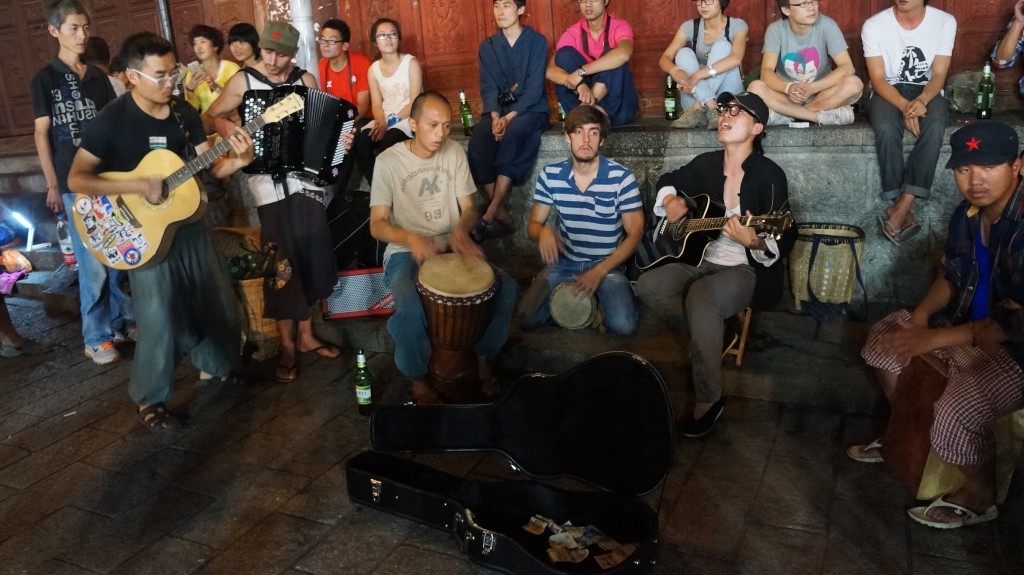The ABCs of anorexia, body dysmorphia, and compulsive exercise comprise the alphabet soup of discourse on eating disorders in Western countries. What about countries in the East? Japan’s bowl is full of DFTs—danjonoyakuwari, fushoku-byo, and taijin kyōfushō. A true mouthful for anyone who’s not Japanese.
Though the West is considered the birthplace of eating disorders, Japan has had its own unique struggle. During the Edo era (1603 – 1868) doctors noted a small number of patients who refused to eat rice, and would vomit when forced to eat. They called this strange illness fushoku-byo, or not eating disease. However, it wasn’t until the 1980’s, after Western doctors solidified the study of eating disorders, that Japanese began to actively research and release medical reports on eating disorders, using the Western doctor’s rhetoric. From 1988 to 1992 the number of identified cases of anorexia alone quadrupled in Japan. And the rate continues to grow to this day, soon to surpass the number of reported cases in the United States. Though there is a concern in Japan that this epidemic of eating disorders threatens Japan’s spotless reputation, the government’s attempts at lowering this rate have little hope of reversing this rate.
The increase in reported cases of anorexia stems from the stringent danjonoyakiwai, or gender roles, in Japan. Japanese culture stresses traditional gender roles, women as shufu, housewife, and men as the prime breadwinners. Though women are involved in the working place in Japan, the expectation of strict gender roles endures. A 2014 poll found that 40% of both men and women 20 to 40 years old believe husbands should work full time while wives stay at home, and 71% of female respondents said women should concentrate on raising children. Japanese culture deems any form of self-praise or self-assertion bad manners, limiting the spaces that women have for communicating their feelings outside set gender roles. Disconnected from self-expression, these women develop low self-esteem and an inability to cope with social issues, factors that can result in self-deprecating behavior and eating disorders.
Complicating the already rigid gender roles is the societal pressure facing adolescents transitioning into adulthood. Social anxiety takes the top spot amongst the biggest fears of Japanese adolescents and young adults. This weight hangs over the youth of Japan, resulting in taijin kyōfushō, or interpersonal phobia, a fear of embarrassing those around you with your very presence. This anxiety contributes to the stress that women feel towards their bodies. The need to be like their peers, to not stand out in an already highly homogenous society, drives them towards developing eating disorders.
In 1997 the Japanese government recognized the prevalence of eating disorders amongst women ages 13-39 and issued policies to counter it. High school Physical Education and Health classes now systematically present information about healthy eating habits and nutrition. However, these classes are purely informational, designed to promote healthy attitudes towards eating. They don’t deal at all with the psychological undercurrents at work. Since 1997 the Japanese government hasn’t passed any more policies that focus on the growing number of eating disorders. The current government under Prime Minster Shinzō Abe remains silent on issues regarding eating disorders.
The eating disorder intervention programs that Japan has in place don’t work because they are based on Western models. Though eating disorders are universal, the attitudes behind eating disorders are unique to each culture. Many women diagnosed with an eating disorder in the west relate their need to be thin to success. Attitudes perpetuated by the media in Western countries also help explain why women develop body dysmorphia, a belief that one’s appearance is defective, whereas in Japan it’s not so much the media that affects the development of eating disorders as it is social anxiety and peer evaluation.
So why does the Japanese government adopt the Western approach in dealing with eating disorders to Japan?
The West has experience dealing with eating disorders, and in the minds of the global community the Western way is the best way. Plus Western methods of intervention have been used in the past to help diagnose and treat eating disorders successfully. What the Japanese government fails to see is that Western methods succeed because they are Western. There is no equivalent of danjonoyakuwari, fushoku-byo, and taijin kyōfushō in a non-Japanese context. These terms and their impact are products of Japanese history and culture that require study to understand. Yet Japan has yet to fund research on mental health issues as Western medical groups have done. As a result the symptoms of many Japanese who suffer from eating disorders don’t correspond to clinical diagnostic markers set by Western medicine; these patients fall into subclinical categories where they can’t receive full treatment.
In the 80 medical schools in Japan there is only one professor specializing in eating disorders.
The answer for Japan isn’t to be more like the West. The answer is as a nation for Prime Minister Shinzō Abe with the Ministry of Health to update policies on mental health issues while defining symptoms of eating disorders and the prognosis for their care in a Japanese context. It’s time for the dialogue on eating disorders to be spoken in Japanese. ABC doesn’t work in the land of DST.
